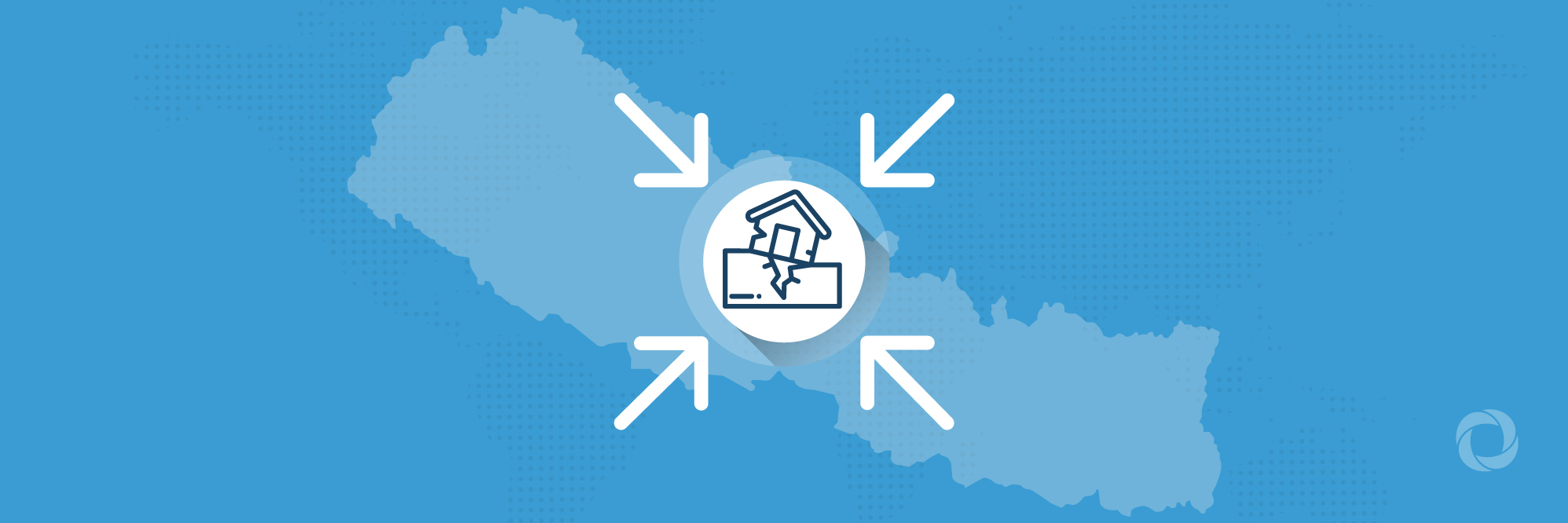Aiming to strengthen community resilience to disasters in Madi Municipality, a flood-prone area in the Chitwan district of Nepal, on 4 February the Government of Japan tendered US$707,953 to the Shapla Neer – Citizens’ Committee in Japan for Overseas Support, under the Grant Assistance for Japanese Non-Governmental Organization Projects Schemes.
The grant assistance will be used to implement a Disaster Risk Reduction (DRR) Strengthening Project in the Chitwan district in the Bagmati province of Nepal. For this, Shapla Neer will collaborate with Rural Reconstruction Nepal (RRN) – a Nepalese partner NGO. The grant agreement was signed and exchanged by Masamichi Saigo, Ambassador of Japan to Nepal, and Katsui Hiromi, Country Representative of the Shapla Neer Nepal Office at the Embassy of Japan in Nepal.
The project is expected to coordinate closely with local government, stakeholders, and community members to build the capacity of the local government and communities. Anticipating that the project will contribute towards improving DRR in local communities in the Chitwan district and will develop as good practice for DRR in other districts in Nepal, a Japanese Embassy representative said, “The project plans to develop the capacity of local institutions such as the Local Disaster Management Committees, Ward Disaster Management Committees and Community Disaster Management Committees (CDMCs) on disaster risk reduction, and facilitate the cooperation between these committees and other stakeholders.” The project will contribute towards furthering the cordial friendship between the people of Japan and Nepal, the Embassy representative added.
- The project aims to strengthen community resilience through the establishment and maintenance of infrastructure
- The project will support the construction of river widening, gabions, and embankments as well as retention walls and drainage systems
- CDMCs will establish the maintenance system to ensure the structures remain functional
- The project will also prepare and distribute a self-learning brochure on DRR among government bodies, stakeholders, and other NGOs as part of its public awareness activities
According to IOM (2020), Nepal’s vast topographic diversity has been shaped and reshaped by disasters over the ages and it ranks as the 11th most vulnerable country at risk of earthquakes. The exploitation of natural resources such as stone aggregates, boulders, sand, soil, water, and forests is increasing day by day across the country making development investment more vulnerable.
The Chitwan district in Bagmati province covers a hilly region and an inner Terai with two major rivers, Narayani and Rapti, and other smaller torrents creating the risk of flooding in the downstream villages and landslides in the upstream villages during the monsoon season.

